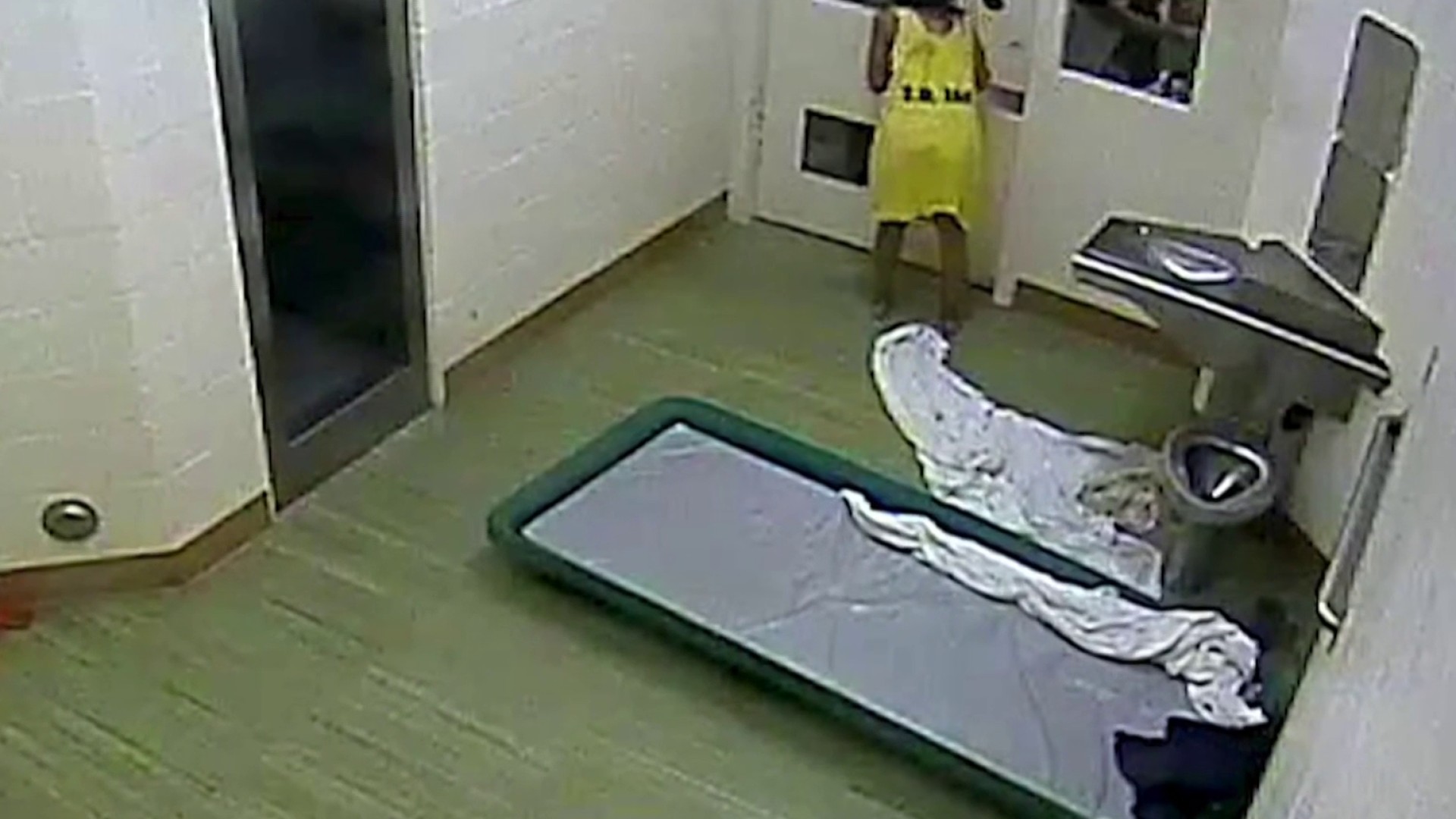Fallen trees have sparked news reports and claims linking tree collapse to the current drought. But does the data support that claim?
In Pasadena, a 75-year-old pine tree collapsed outside a children’s museum last week, injuring eight children and hospitalizing two.
In La Mesa, a massive tree branch broke off and fell in the courtyard of an apartment complex on King Street. No one was injured in this incident but the reports of tree collapses have some fearing the statewide drought could be to blame.
Factors leading to a tree collapse take time, so despite cutbacks in water usage statewide, it’s unlikely that recent collapses are due to thirsty trees, experts say.
“It’s very hard to attribute a broad spectrum of tree deaths to one drought,” said Robert Booty, a consulting arborist with the San Jose-based Arborist OnSite. “California has had many [droughts], and trees live for a long time.”
Larry Costello with the University of California’s Tree Failure Report Program agrees.
He’s worked to collect reports of tree failure from independent reporters across the state since the mid-1980’s.
Local
“We’re talking about structural failure of trees, not trees dying or declining,” he said. “We’re talking about branch breaks, trunk breaks, and uprooting.”
Recent news reports have incorrectly linked data from the Tree Failure Report Program to an uptick in tree collapses, Costello said, drawing a correlation between an increase in reports and the current drought.
“The data does not say that, and you can’t pull that out of the data,” he said.
In fact, there’s barely been an increase in tree failures at all, he said.
There were nearly 4,900 tree failures in California in 2010, according to Tree Failure Report Program statistics. But that figure is cumulative, and dates back to the start of Costello’s program.
By 2015, the number of reports was up to 5,700 tree failures. An increase, to be sure, but broken down that is only an average of 200 tree failures per year.
That figure is not very telling, Costello says.
Recent events have reinforced the fact that drought conditions can make trees more susceptible to harm, but in the long run, Costello said.
“You might see an impact from the drought five years from now, or ten years from now,” he said. “But this year or next year? Probably not.”
Environmental factors during drought periods reduce the health of the tree, according to Robert Booty who adds that this damage isn’t likely to be seen in just a few years.
It takes time to lead to a collapse, he added.
“Different diseases and fungi attack the root system of the tree, and these pathogens have the ability to decompose the cellular content of the wood,” he said. “It reduces the wood to zero strength at times, and the tree fails.”
Arborists like Booty say that governments, schools, and homeowners should take note and inspect their trees regularly.
“Some trees will defoliate” he said. “You’ll see that the leaves will begin to dry up. These are things that even the common homeowner can recognize.”



